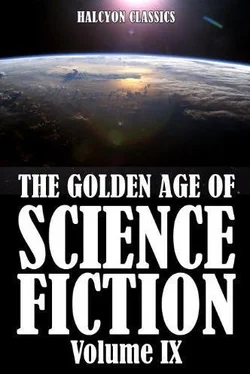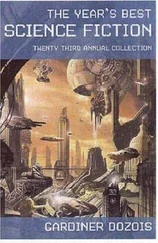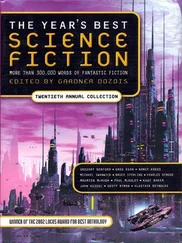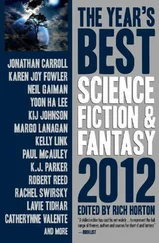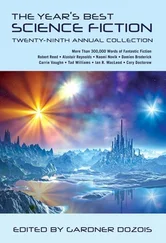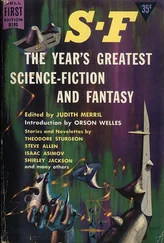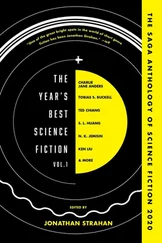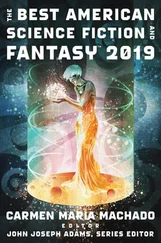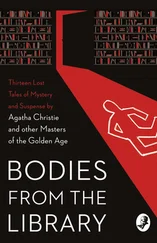“Moreover, as I myself saw, some of the boys were so unskilled that they had not even drawn correctly the outlines of the dark patches about which there was no dispute.
“It is obvious that such erroneous and unreliable work as this could not be regarded as evidence upon which truly scientific argument could be founded for the purpose of deciding such a contentious question; yet mainly upon this very slender and unreliable evidence meetings of two of our leading astronomical associations endorsed the illusion theory, and for a long time it held the field.
“M. Flammarion made some similar experiments in Paris, and even inserted spaced dots along the sites of canal lines on the map put up as a copy, yet not one boy drew a canal. M. Flammarion evidently was rather too sparing with his dots and marks.
“A long series of experiments was carefully carried out by Professor Lowell and his colleagues, from which it was deduced that if in any line on Mars there was a gap of sixteen miles in length, our present telescopes would suffice to discover it. It is most improbable that in so many hundreds of lines, several of which are over two thousand miles in length, there would not be numerous gaps over sixteen miles long if the lines were made up of separate markings.
“Yet it is found that every line is perfect in its continuity, and not only so, but uniform in width throughout its whole length, which would be impossible if the lines were made up of separate markings not in alignment.
“The illusion theory may, however, to a certain extent be correct, but this will prove exactly the opposite of what its supporters contend. It appears to have been quite overlooked that as there are so many thousands of miles of canals it is utterly impossible to suppose that the vegetation, which is all that we really see, is continuous and without breaks. It would indeed be most extraordinary if there were not very many long stretches of land which, for some natural or utilitarian reasons, were either bare of vegetation or so sparsely covered as to appear bare when viewed from the earth through a telescope. Some parts of the canals in hilly or rocky ground may pass through tunnels, and thus cause apparent gaps in the lines; or ground may be incapable of bearing vegetation, or purposely left fallow.
“It would, therefore, be no matter of surprise if more powerful instruments should, in moments of perfect seeing, reveal numerous apparent gaps in the lines. So far from proving they were not canals, such gaps are exactly what we should expect to find in connection with canals; and the lines would probably appear as irregular light and dark patches in alignment, because we do not see the canals themselves, but only the vegetation on the land which they traverse. Probably there are also many oases yet to be discovered along the canal lines.
“As I have already stated, it was asserted that the double lines were illusions arising from the causes already mentioned, with the probable addition of eye-strain and bad focussing. Assuming that the single lines are, as it is declared, illusions, we are confronted with the assumption that the doubles are illusions of illusions, and this is more than I can follow, it seems so improbable.
“Professor Lowell has devoted some sixteen years to close and continuous observation of Mars whenever it has been in a position to be observed, and many thousands of drawings have been made, the results being plotted down on a globe. In reply to the statements of occasional observers that the lines cannot be seen, he testifies that they are not difficult to see; and that any one who saw them in his exceptionally good atmosphere, and through his instruments, could have no doubt of their actuality. He rather caustically, but very justly, remarks in one of his books that his many years of personal experience in viewing these lines almost entitle him to an opinion on the subject equal to those who have had none at all!
“The proof of their existence, however, no longer rests only on the corroborative evidence of other observers, for, after years of experiment, Professor Lowell and his staff have succeeded in taking direct photographs of Mars, which show several of the disputed lines. One would have thought that would settle the question, but, although some of the more reasonable of the objectors have been convinced by the evidence of the photographs, many others still maintain their attitude of scepticism, especially those who have not themselves seen the photographs. They declare it to be quite impossible for any such photographs to be taken, because our atmosphere would prevent any photographic definition of fine detail on such small pictures; yet about ten thousand of these tiny photographs were taken during the near approach of Mars in 1907.
“As I possess a number of these photographs I can testify that they do show some of the lines, and persons who disbelieved have expressed surprise at their excellence. Success was only obtained by means of specially sensitised plates, for the ordinary photographic rays and ordinary plates were found useless, whilst the process of photographing so small and distant a planet is surrounded with difficulties.
“Even when attached to a telescope giving an equivalent focal length of nearly 150 feet, the camera only gives a very tiny image of the planet. The lighting of the small image is faint, but if additional power were used on the telescope to obtain a larger image, then its light must be still fainter, and thus a longer exposure would be required to obtain a picture on the plate. As Mars moves in its orbit and rotates on its axis, and our atmosphere is subject to continual movement and disturbance, any long exposure would result in a blurred picture, which would show no fine detail. So, as a short exposure is essential, only a small picture can be taken. Nothing is gained by any subsequent great enlargement of the picture, because the grain of the film of a quick plate is coarse; and, if enlarged, this also blurs out the detail.
“Having regard to all the difficulties which had to be surmounted, it was a great and undoubted triumph to secure detail on such tiny photographs of this distant world. As time goes on improvements will probably be effected and still better pictures secured; but enough has now been accomplished to prove that the lines cannot be illusions, but really exist upon the planet. If the eye can be deceived in this respect, the camera cannot.
“When Professor Lowell first took up the work of Martian observation only 113 lines had been discovered by Schiaparelli, but the number has gradually been added to from time to time, as the result of the work done at Flagstaff Observatory and elsewhere, and has now reached a total of considerably more than 600, the lines forming a fine network extending all over the planet.
“Mr. Slipher, who accompanied Professor Todd’s expedition to Alianza in Chili, at the opposition of 1907, together with the observers at Flagstaff, discovered no less than 85 new canals, including some doubles, nearly all being in the more southern portions of the southern hemisphere.
“In addition to the discovery of so many fine lines, we also owe to the acumen of Professor Lowell a reasonable explanation of what they really are. Schiaparelli termed them ‘canali,’ an Italian term for ‘channels,’ but, popularly, this soon became corrupted into the term ‘canals,’ and this has turned out to be a much more appropriate word than such corruptions usually are.
[Illustration: From a Globe made by M. Wicks Plate IX
MARS. MAP II
The Solis Lacus is seen as an oval patch near the top, and many long canals, some double, are shown. A very large proportion of the area on this map is desert land.]
CHAPTER XI
THE GREAT MARTIAN CONTROVERSY (continued)
Читать дальше
